Kumamoto City, nestled in the heart of Kyushu, enjoys a wealth of pristine water. This resource has not only shaped the city's history and culture but continues to define its present and future. From the volcanic heart of Aso to Kumamoto City’s intricate waterways, Kumamoto's story is interwoven with the flow of water.
The city's abundant water resources originate from the Aso caldera, one of the world's largest volcanic craters. Rain and snowmelt percolate through the volcanic soil, undergoing natural filtration and giving rise to countless springs and underground reservoirs. These massive resources are what provide Kumamoto City with its groundwater, which supplies 100% of the city's drinking water. This exceptional quality and quantity allow residents and visitors alike to enjoy clean, delicious mineral water straight from the tap.
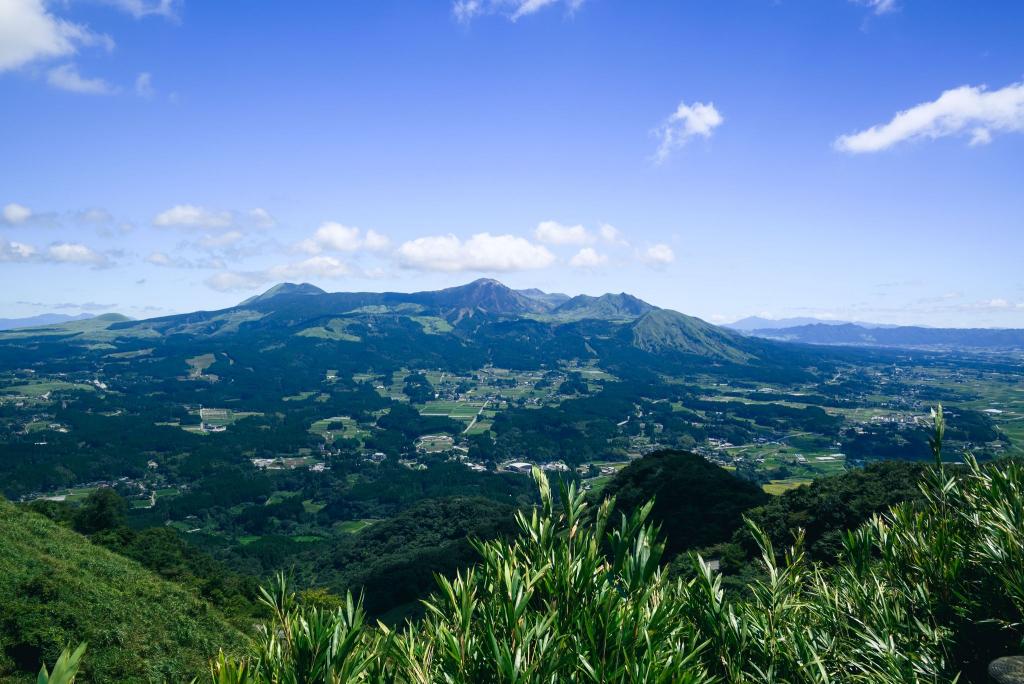
Historically, Kumamoto's water played a crucial role in supporting its castle town. Lord Kato Kiyomasa, the builder of Kumamoto Castle, recognized the importance of water management. During his reign (1587–1611), he spearheaded the development of an intricate network of canals and waterways, serving as vital arteries for transportation, irrigation, and everyday life. These water-related improvements significantly influenced life, agriculture, and industry in Kumamoto, and continue to play a vital role in the region’s water cycle.
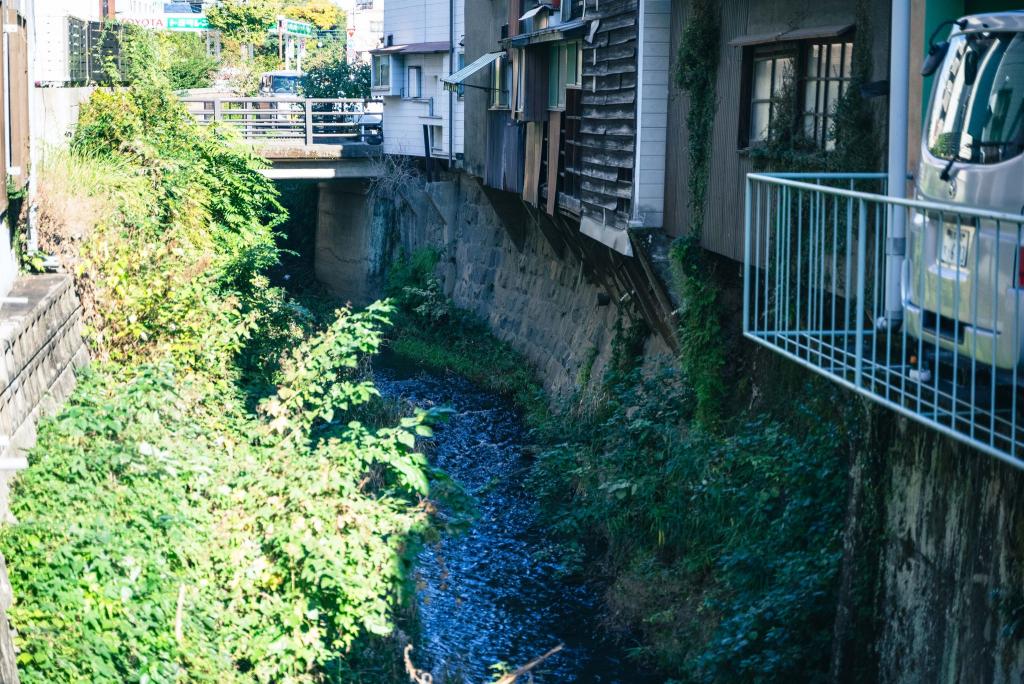
Today, Kumamoto's water resources are carefully managed and utilized for various purposes. The fertile lands surrounding Kumamoto, nourished by the abundant groundwater, yield a rich variety of agricultural products, including high-quality rice, vegetables, and fruits. Kumamoto is particularly renowned for its juicy watermelons and succulent strawberries, which owe their exceptional flavor to the pure water used in their cultivation.
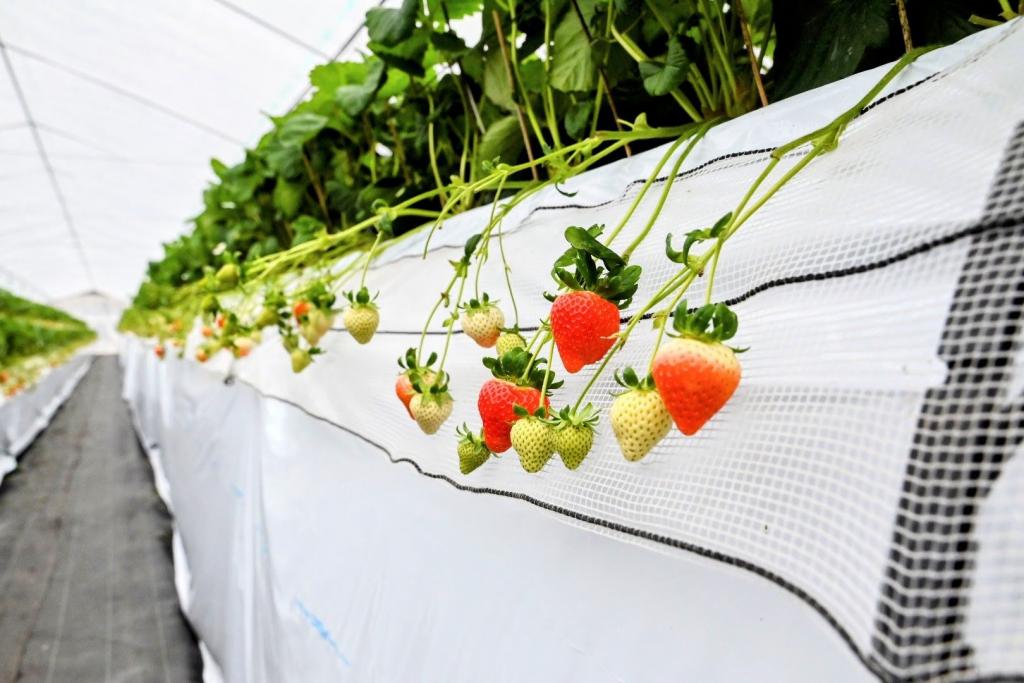
Beyond its practical uses, water is deeply intertwined with Kumamoto's spirit and identity. The city offers numerous spaces where residents and visitors can connect with water in a meaningful way.
Suizenji Jojuen Garden: This exquisite landscape garden, created in the 17th century, is a masterpiece of Japanese garden design. Originally a tranquil retreat built around a teahouse, the garden's location was chosen for the exceptional quality of its spring water, perfect for brewing tea. Water is the central element, with a large, spring-fed pond reflecting the surrounding greenery. Within the garden's Izumi Shrine, visitors can find a fountain dedicated to the 'Water of Longevity,' believed to grant long life to those who drink from it.
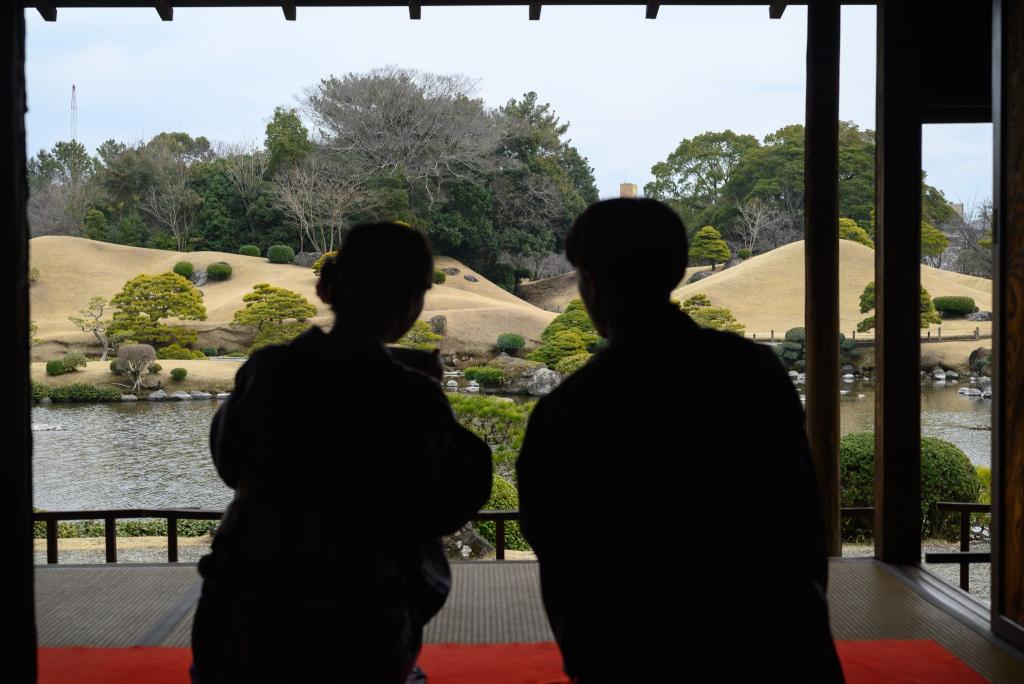
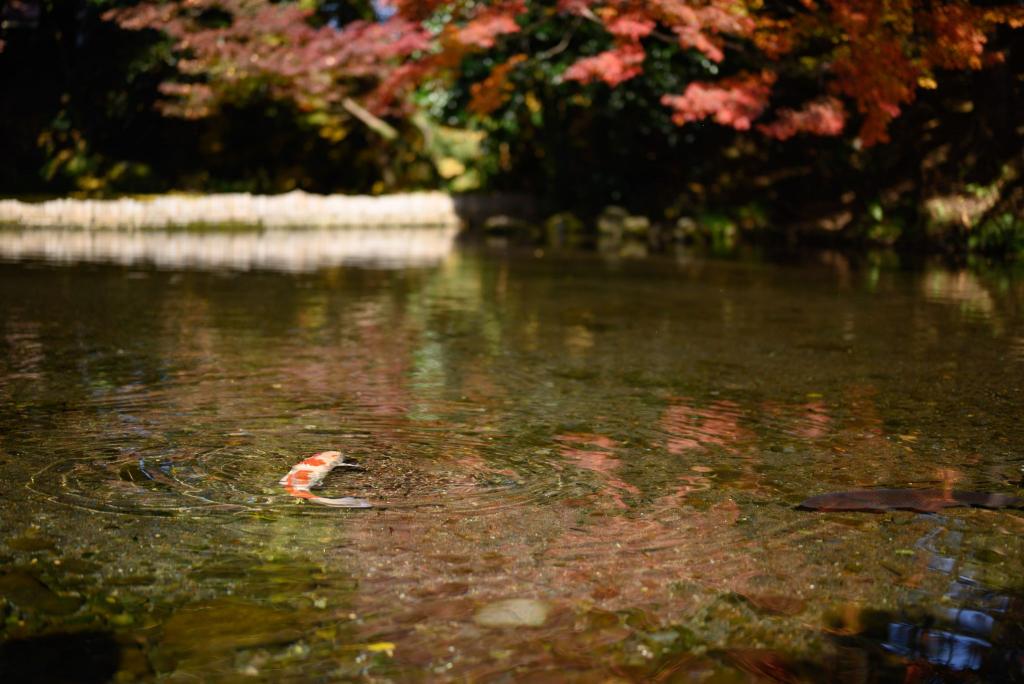
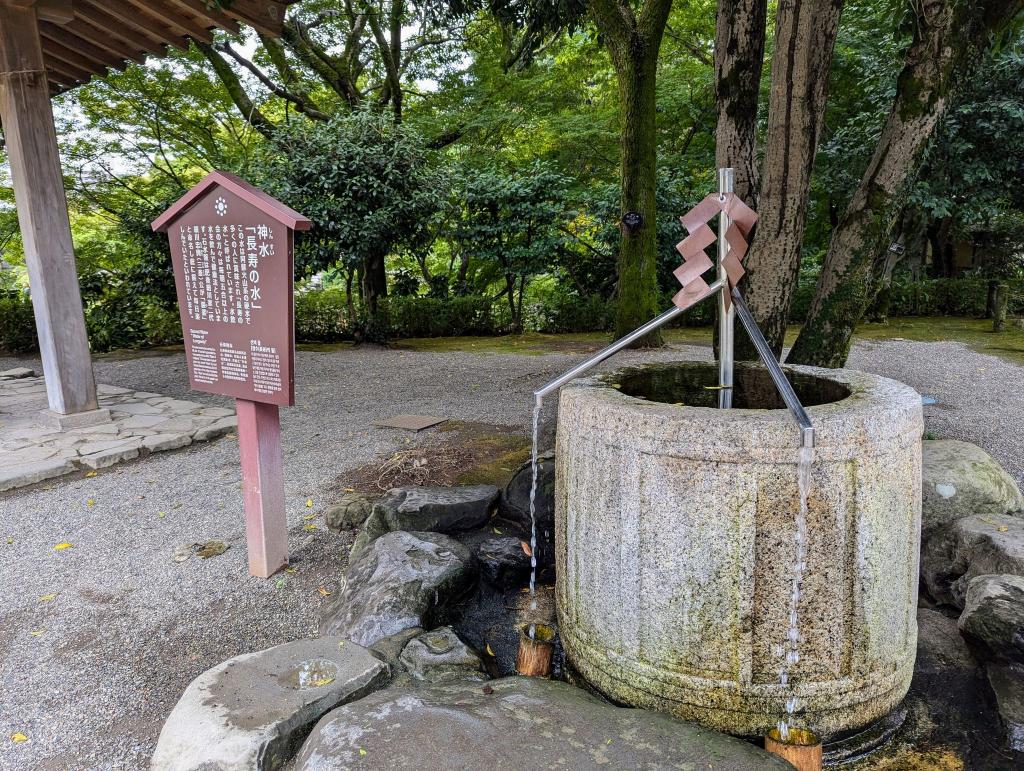
Lake Ezu: This expansive lake, located in the eastern part of the city, is not only a scenic spot for recreation but also a vital part of Kumamoto's water infrastructure. The springs here pump out 580,000 tons of water per day to feed this sprawling urban lake. The springs are part of the larger Suizenji-Lake Ezu Spring Group, which includes the Kengun Spring Source that alone supplies a quarter of Kumamoto City’s water. Visitors can enjoy walking and cycling paths around the lake, taking in the refreshing views and appreciating the scale of Kumamoto's natural water resources.
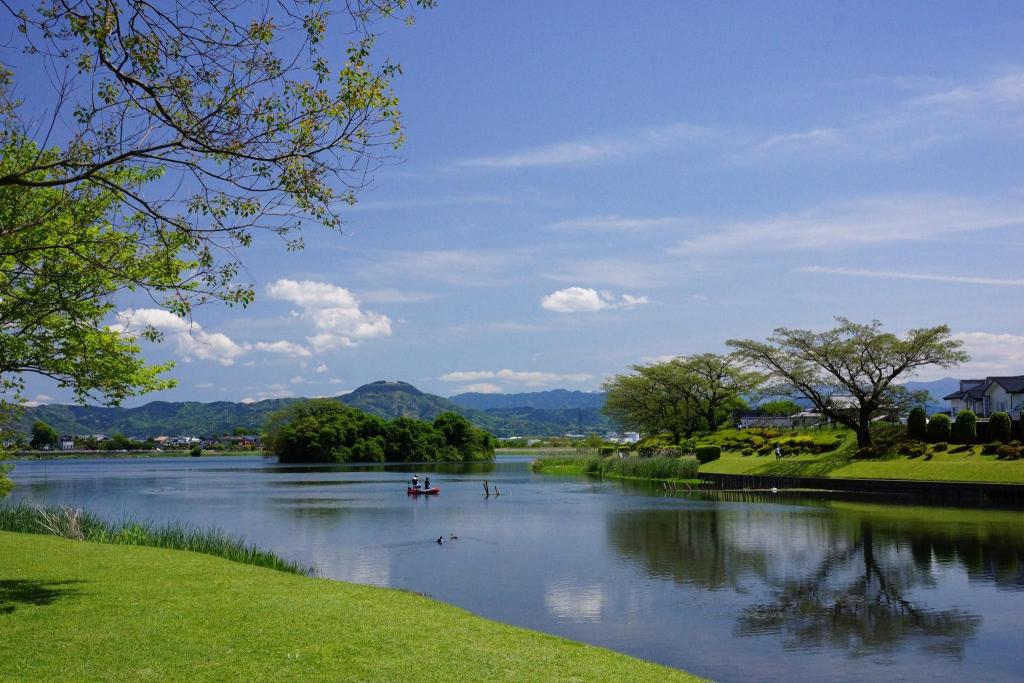

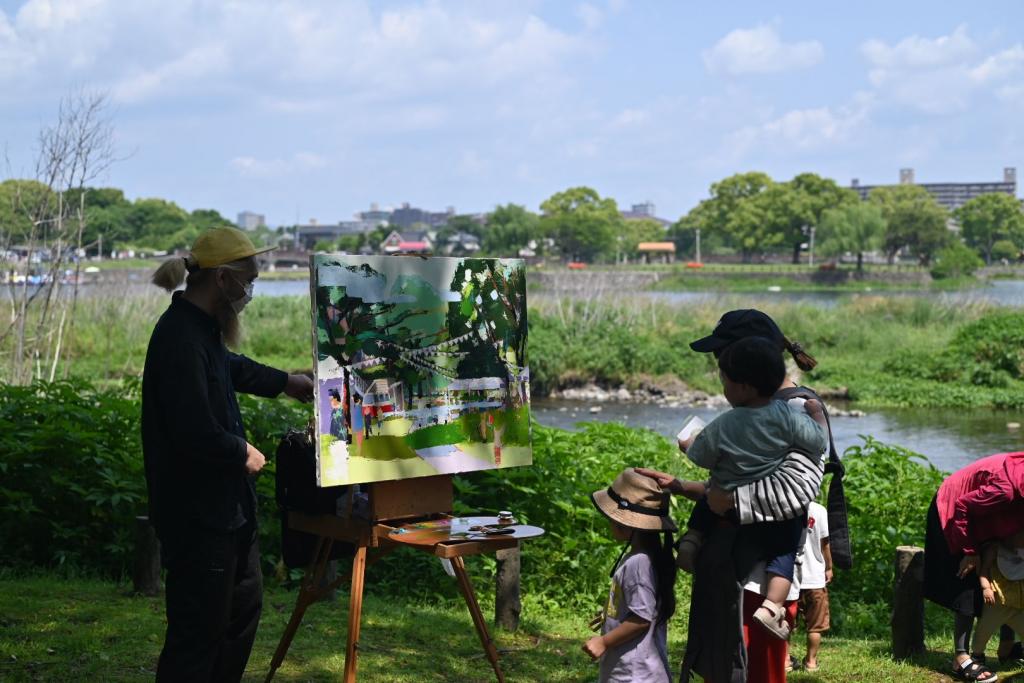
Ueki Onsen: Located on the northern edge of the city, Ueki Onsen is Kumamoto's largest hot spring area, with ten ryokan each drawing water from separate onsen sources. The therapeutic waters, rich in minerals, are believed to have various health benefits. Baths are available both for overnight guests and day visits, with a few facilities offering private family baths (kazoku buro). Bath-hopping passes are also available, allowing visitors to try out different onsen.

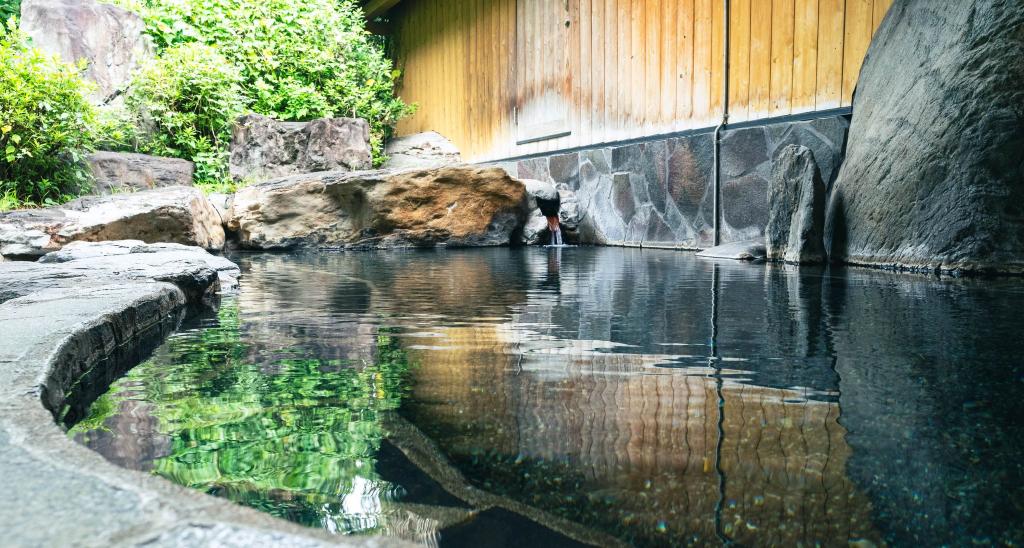

Ochozu no Mori: Just a few minutes from downtown by car, Ochozu no Mori offers a refreshing escape for nature lovers. Ponds and fishing holes here are fed by springs emerging from a small cliff at the back of the park. Visitors can enjoy fishing (simple gear is available for rent) and then have their catch prepared on-site for a tasty meal!
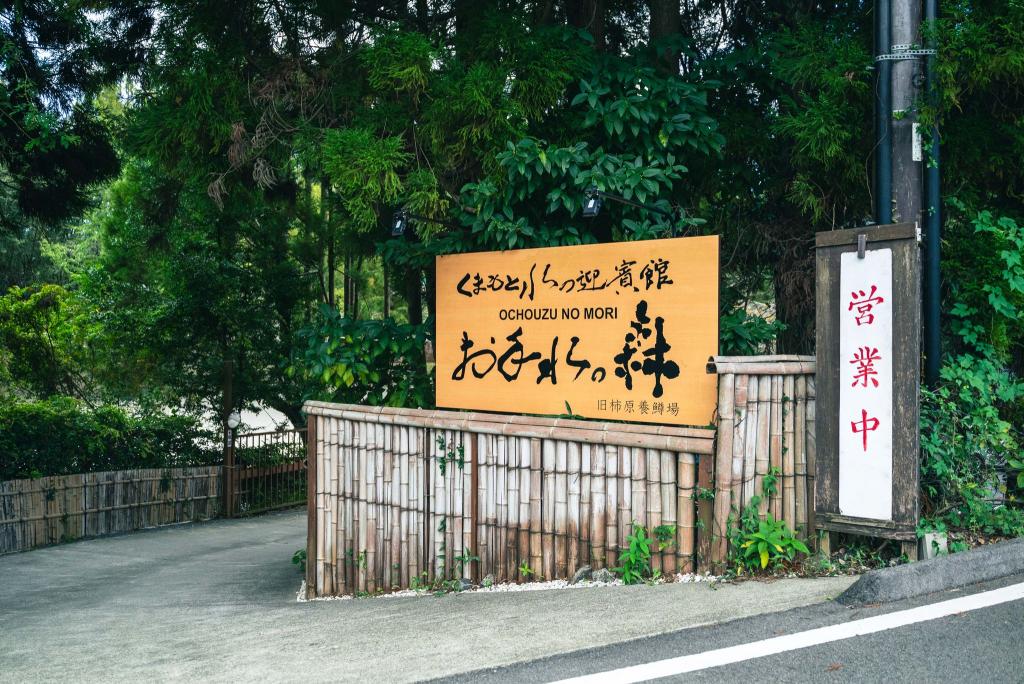
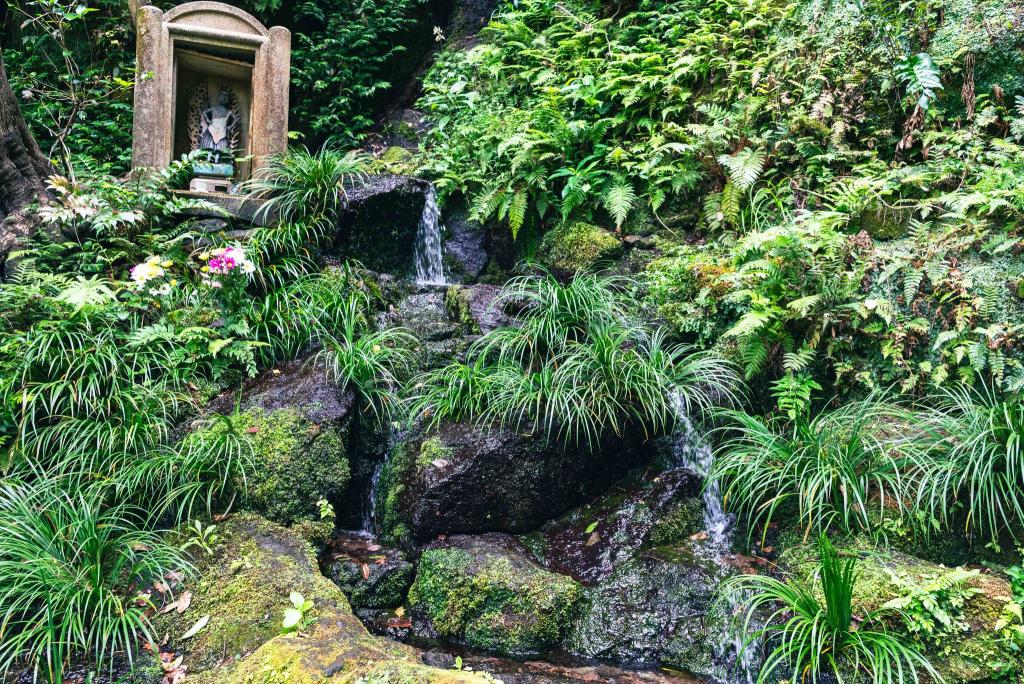
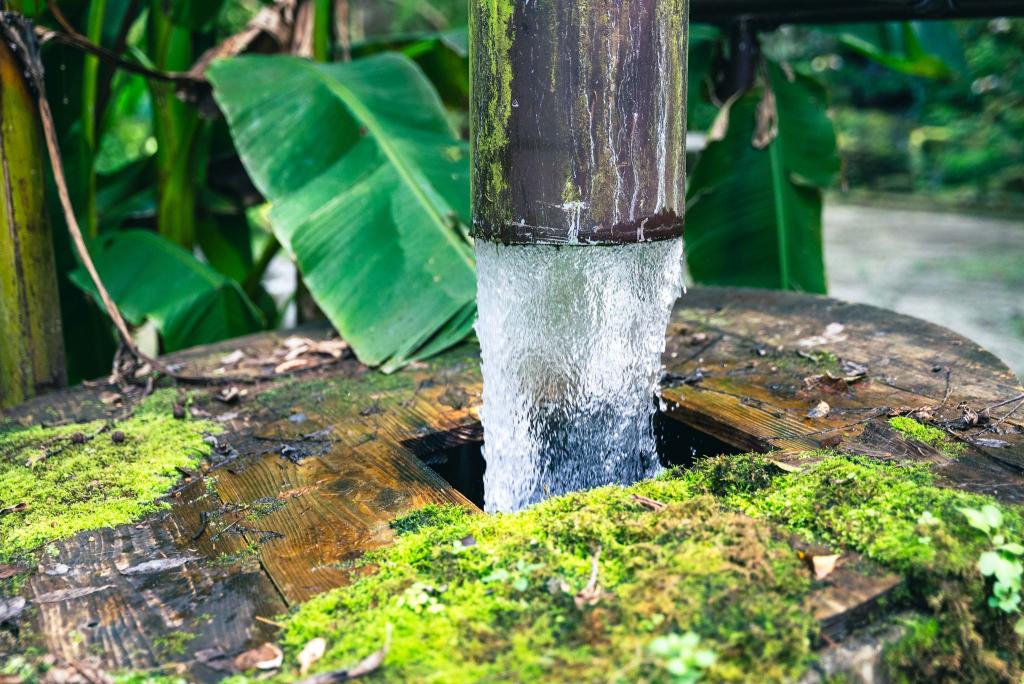
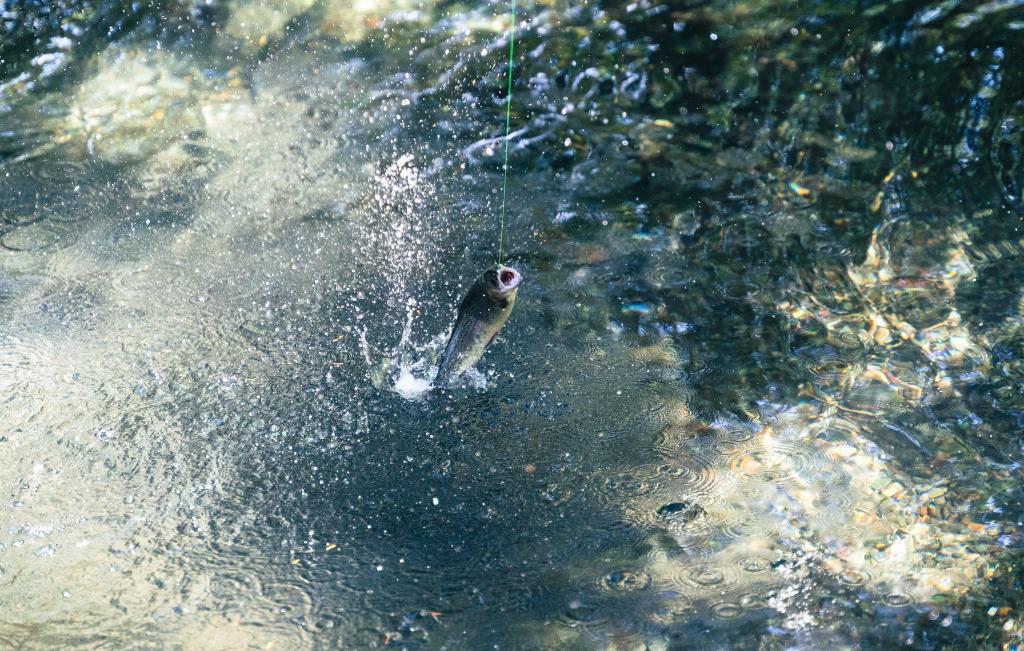

Beyond these notable locations, Kumamoto offers many other water-related experiences. The Shirakawa River, flowing through the city center, is a popular spot for leisurely walks and picnics, and is where the Shirakawa Night Market is held on the 4th Saturday of each month (excluding winter). The Kumamoto City Museum showcases the city's history and nature, offering insights into how the city developed and how its water resources support its biodiversity.
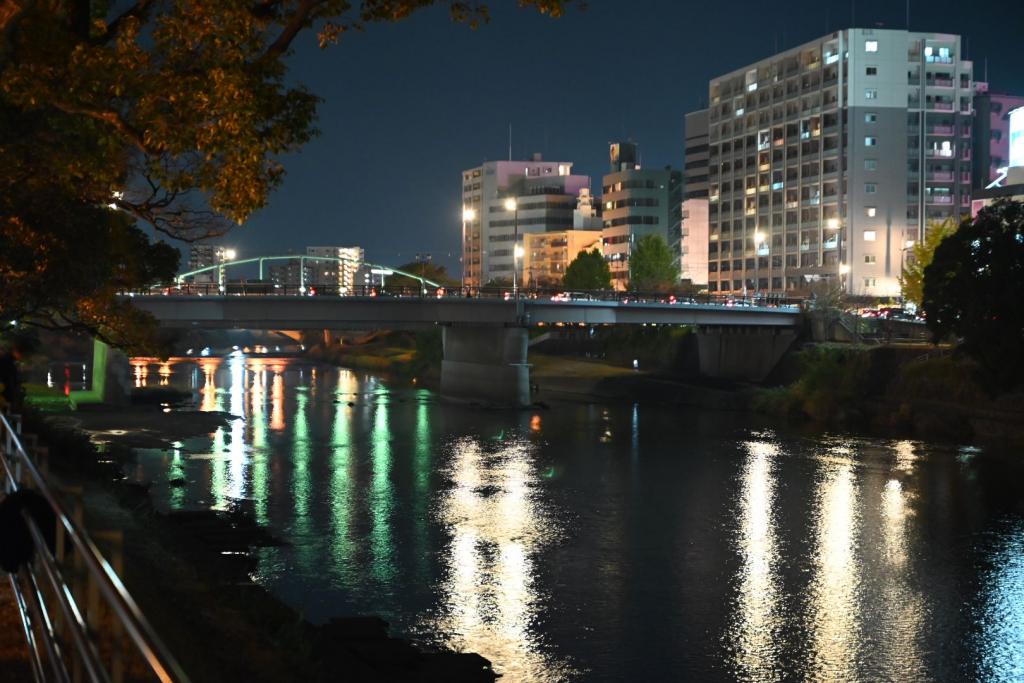
If you’d like to enjoy some fresh Kumamoto water for free, there are a couple of water fountains and water bottle fill stations throughout the city. The easiest ones to visit are outside the Shinkansen Exit of Kumamoto Station, and in front of City Hall. There is also a spot inside City Hall on the 1st floor where you can fill up your water bottle.
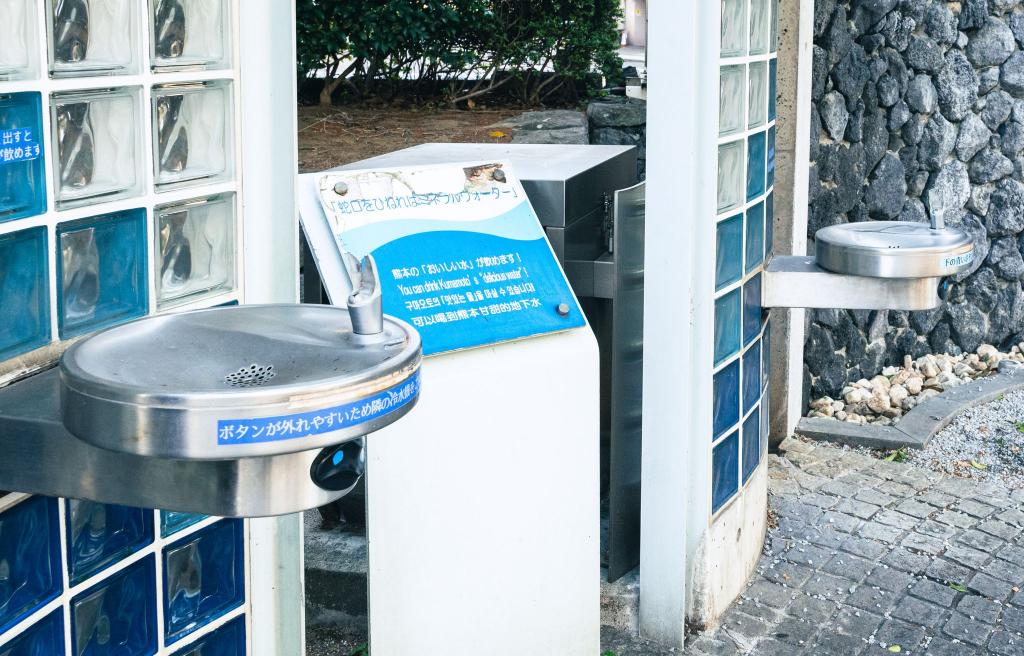
Kumamoto's water culture is a testament to the harmonious coexistence between humans and nature. The city's commitment to preserving its precious water resources while utilizing them sustainably serves as an inspiring model for other communities. Whether you seek tranquility in a traditional garden, recreation in a natural park, or simply a refreshing sip of pure water, Kumamoto offers a unique and enriching experience centered around its most precious resource.


